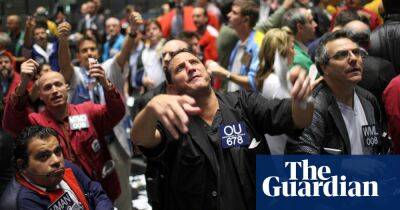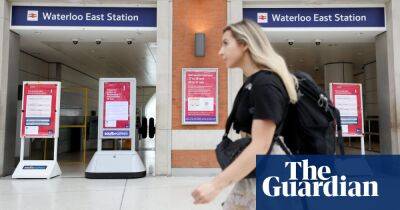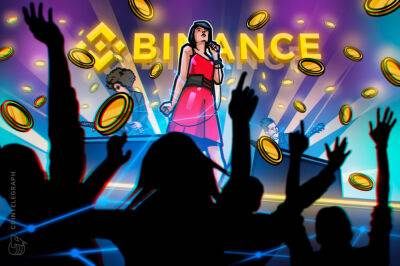Economically inactive Britons with long Covid have ‘doubled’ in a year
One in 20 people in the UK who are neither employed or seeking paid work are suffering from long Covid, with the figure more than doubling in the past year, official data has revealed.
The proportion is far higher than for the one in 29 people who are unemployed but seeking work who have long Covid symptoms, or the one in 30 employed people who are sufferers, data released by the Office for National Statistics (ONS) shows.
Individuals who are not employed and are not looking for paid work are classified as being economically inactive.
The data suggests the long-term impacts of the virus could be driving people into this category, or into retirement.
The self-reported data shows that the proportion of economically inactive people with long Covid symptoms jumped from 2.4% in August 2021 to 5% in July 2022. Students and retirees, while also classed as economically inactive, are not included in this figure.
The level of long Covid among retired people has also increased from 1.3% to 2.9% during the same period – and from 1.9% to 3.5% among the unemployed. The level has risen more slowly, from 2% to 3.3% for those who are employed.
The ONS said the increase in long Covid among retired people and the economically inactive “may be driven by people already in these groups developing long Covid symptoms, or people with long Covid moving into these groups from other employment status categories”.
Long Covid has been defined by the ONS as people with symptoms of coronavirus that have persisted for more than four weeks after the initial infection. The most common symptoms are fatigue, shortness of breath, loss of smell and muscle aches.
The total number of people in the UK suffering from long Covid was estimated to be just under 1.8
Read more on theguardian.com


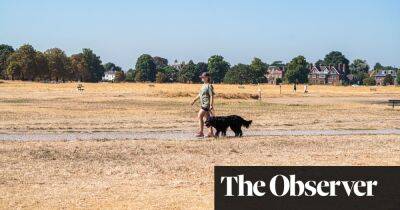

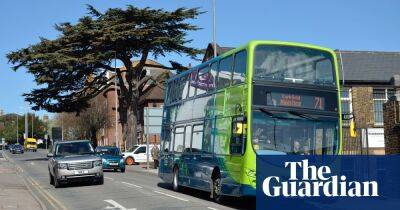

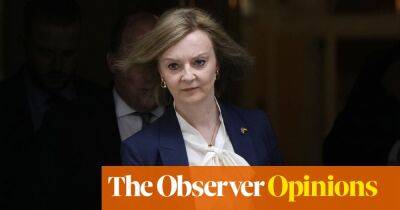





![Chainlink [LINK] traders can leverage this pattern’s break profitably - ambcrypto.com](https://finance-news.co/storage/thumbs_400/img/2022/8/13/37028_yji.jpg)



